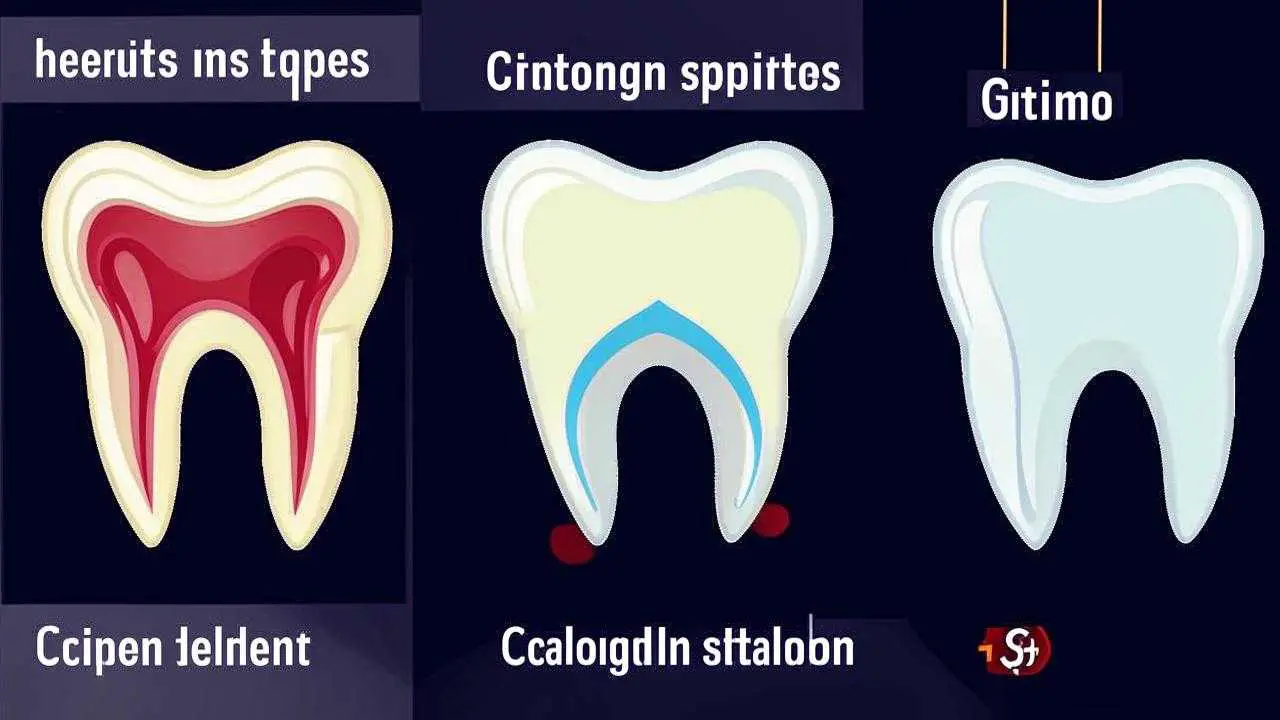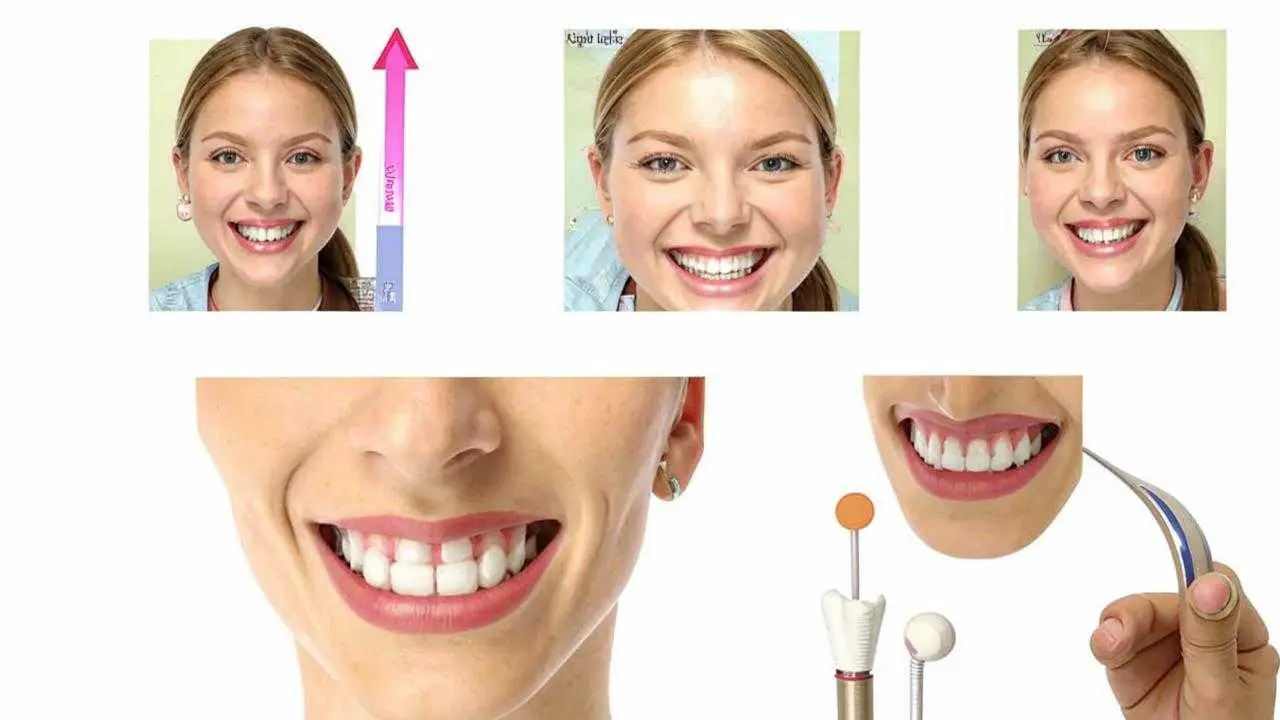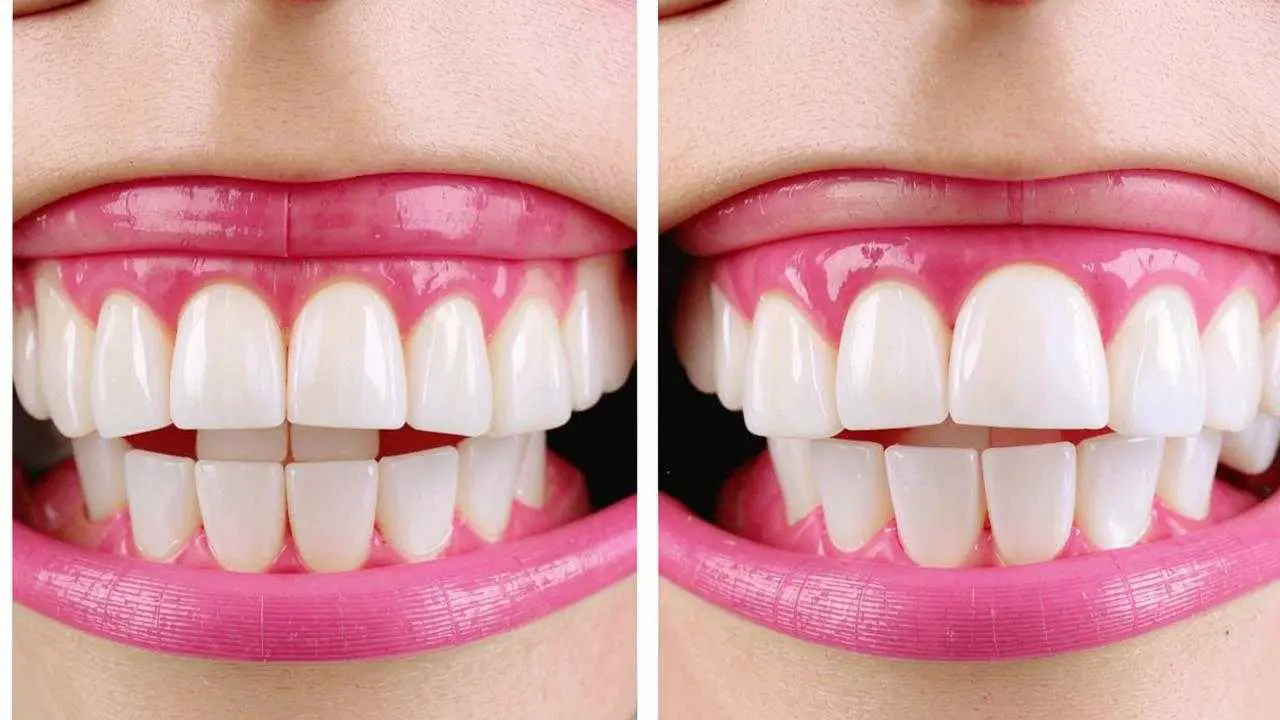A beautiful, snow-white smile is one of the most common standards of beauty. But perfectly straight teeth are quite rare. Some teeth are too close together, crowding together, while others are too far apart, leaving gaps. Sometimes teeth are knocked out of the row or slightly tilted to the sides. Such defects are corrected by cosmetic dentistry. One common method is veneering.
They are placed on the front teeth, in the smile area. It is recommended to cover 4 to 8 teeth with the plates. The load on the side teeth is too strong for thin plates. It is better to put crowns on chewing teeth.
It is possible to place veneers on crooked teeth if certain conditions are met.
Veneers for teeth alignment – conditions for installation
Overlays on the teeth rejuvenate the smile, hide stains, chips, cracks. They level the tooth row, enlarging small teeth and reducing large teeth. Also for fluorosis, onlays are a great way to make your smile attractive.
Indications for veneers
- Diastemas (gaps between the front teeth);
- Chips, cracks, cavities, and stains in the enamel;
- discoloration of teeth as a result of medical or dental treatment;
- single teeth protruding from the row;
- small, irregularly shaped teeth;
- teeth with slight crookedness;
- gingival smile .
Veneers can correct a bite in the sense that in some cases, the onlays raise the bite, thus helping to bring back a “gone” lower jaw. This prevents problems with the temporomandibular joint and improves quality of life.
Orthodontic treatment with braces or eliners (mouth guards) is necessary to correct a bad bite.
When it is better to avoid bite correction with veneers
As with any intervention, veneering has limitations. Veneers are not suitable for people who suffer from bruxism. Teeth grinding can bring the whole work to zero. It is not worth putting onlays in the presence of the following pathologies in adults:
- 3-4 degree periodontitis (teeth are severely loosened, gums are inflamed);
- thinning of enamel;
- significant destruction of the crown (from 40%);
- absence of teeth in the prosthetic area;
- severe curvature.
Sometimes it is possible to put veneers on crooked teeth after the condition improves or certain conditions are met. Thus, in case of infections, pregnancy, childhood, it is only worth waiting.
How veneers are placed
There are 2 ways to get a Hollywood smile:
- To install composite onlays directly in the doctor’s chair
- Fabricate customized ceramic or zirconia veneers from an impression in the lab
Composite is inexpensive, installs quickly, and perfectly mimics enamel. Unfortunately, it is prone to shrinkage, absorbs pigments and wears quickly.
Ceramic veneers are very durable, do not change color, practically do not wear out. The main disadvantage is the cost.
The fact is that the process of manufacturing ceramic onlays is costly. It consists of several stages:
- Diagnosis and development of a treatment plan
- Preparation: sanitation of the oral cavity, cleaning the teeth from plaque
- Color selection
- Preparation of teeth
- Impressions
- Fabrication of plates
- Fitting
- Fixation
Consumable materials, the work of the doctor, technician, and the cost of the ceramic itself make ceramic veneers more expensive than composite veneers. But they do not need to be polished every 6 months and replaced every 3-5 years.
Pros and cons of veneering
Overlays on the teeth to correct the bite do not just make the smile attractive, they increase self-esteem, improve psychological well-being.
Advantages of veneers:
- Short installation time. Composite onlays require 1 appointment, while ceramic veneers require 2-3 appointments.
- Accurate imitation of enamel. The ability to transmit light makes ceramics indistinguishable from natural teeth
- Biological inertness. Allergies are not a contraindication.
- Resistance to pigments and dyes. Unlike natural teeth, ceramics does not change color over time.
- Durability. Ceramic compositions are several times stronger than composite ones.
- Wear resistance. If the recommendations are followed, ceramic onlays last up to 20-25 years. The plates are changed more often due to the fact that the cement (adhesive) that attaches them to the teeth wears out.
97% [1] of veneers function perfectly 7 years after placement. 83% [2] – After 20 years.
Several factors influence the lifespan of veneers:
- The skill of the doctor;
- skill of the technician;
- adherence to fabrication and fixation techniques;
- quality of materials;
- compliance with the patient’s recommendations.
Therefore, it is recommended to choose large clinics with their own dental laboratories. The dentist and technician work together in such centers, discuss problems and find the best ways to solve them. The third member of the team is the patient.
It should be remembered that no veneer, the strongest one, can resist chewing nuts or biting wires. And qualitative and long-term correction of curvature with plates is possible only if the recommendations are followed.
Disadvantages of veneers:
- The need for tooth preparation. Having installed veneers once, it will not be possible to abandon them.
- High cost. However, in the long run, ceramic veneers justify themselves. They do not need to be regularly polished and replaced with new ones.
What is better – correction of crooked teeth with veneers or braces
It is difficult to compare these treatment approaches. Braces correct bite abnormalities, while veneers mask defects.
Veneers
| Braces
| Eliners (mouth guards) | |
Tooth preparation | Enamel is removed to a depth of 0.2-0.7 mm. | Not performed | Not performed |
Duration of treatment | Up to 2 weeks | Up to 2 years | Up to 3 years |
Severity of the defect | Light | Deep | Deep |
Dietary changes | For 2-3 days | Yes, all the time of treatment | No |
Care | No special care is required, just careful use | Careful hygiene is necessary | Careful hygiene is necessary |
When they say that veneers correct the bite, they mean the aesthetic aspect. Braces and eliners correct deep irregularities.
Veneers or crowns
Only a dentist can answer this question, after examination. The main indication for artificial crowns is severe tooth destruction. The onlay needs an area for adhesion. For a crown, only the presence of a root is sufficient. On the other hand, for a crown, the tooth is cut down much more than for veneers. In addition, it will have to be depulped (nerve removed). This increases the traumatic nature of treatment and its cost.
Only the doctor, after diagnosis, can decide which type of prosthetics is suitable in a particular case. Correction of crooked teeth with veneers is limited to mild defects. In case of severe damage, the choice is in favor of crowns.
Whether to correct crooked teeth with veneers or crowns, braces or mouth guards – a face-to-face consultation with a doctor and an examination are necessary to make a decision. The stomatologist takes into account the severity of the defect, the state of the oral cavity, the presence of inflammation, favorable prognosis.
Sources:
[1]https://www.researchgate.net/
[2]https://www.cooleydds.com/




